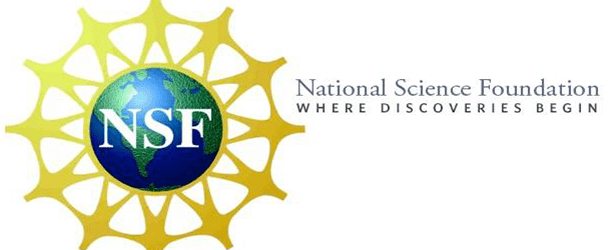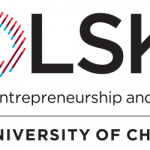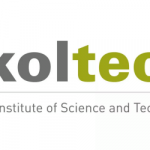NSF Awards U of Michigan $1.8M to Develop Room Temperature, Controllable Quantum Nanomaterials

(HPCWire) An effort to create quantum semiconductors that operate at room temperature has been awarded $1.8 million by the National Science Foundation. The success of the University of Michigan team could lead to the integration of quantum information and communications technologies with conventional computers—as well as advances in high-precision sensing and more sustainable UV lamps for sterilization and air purification.
“By demonstrating the controlled synthesis of such quantum nanomaterials, utilizing industry-standard processing tools, we hope to establish the material platform for scalable, next-generation quantum technology,” said Zetian Mi, a professor of electrical engineering and computer science and principal investigator of the project.
Zetian Mi produces a sample in the molecular beam epitaxy machine. (Credit: Joseph Xu/Michigan Engineering)
Gallium nitride has been widely hailed as the future’s silicon, and its properties can be tuned by replacing some of that gallium with boron, aluminum and indium—cousins of gallium in the same column of the periodic table. These materials are widely used in LEDs and in power electronics. But they can also support what are known as extreme quantum-dot arrays.
“When you make these quantum nanostructures, new operational principles come alive,” said Mackillo Kira, a co-principal investigator and professor of electrical engineering and computer science.
Because quantum nanomaterials differ from both classical semiconductors and conventional quantum materials, Kira is leading the arm of the project developing a systematic quantum theory that will predict their behavior. This theory will enable researchers to figure out the available quantum states in these nanostructures, their light emission properties and their capacity for quantum entanglement.
This material is ideally suited for UV optoelectronics, including UV LEDs for disinfectant applications,” said Mi. “Broadly speaking, 200 to 280 nanometers is very important for disinfection purification applications. But there is no viable way to do that efficiently using conventional semiconductor technology.”
Beyond UV lamps, Kira is particularly interested in quantum computing and communications.
“We’re talking about controlling the energy of light, and then what type of light is emitted which is also critical for quantum information applications, such as moving information long distances, quantum processing, information security, or high-resolution sensitive sensing and detection,” said Kira.



















